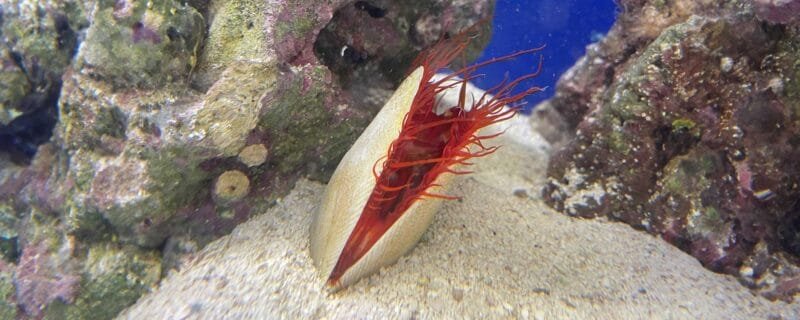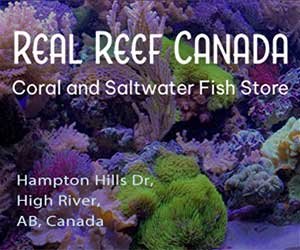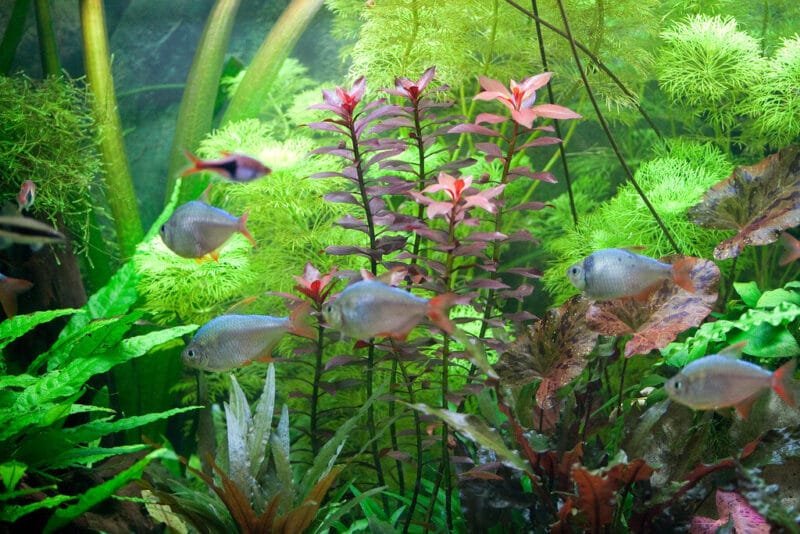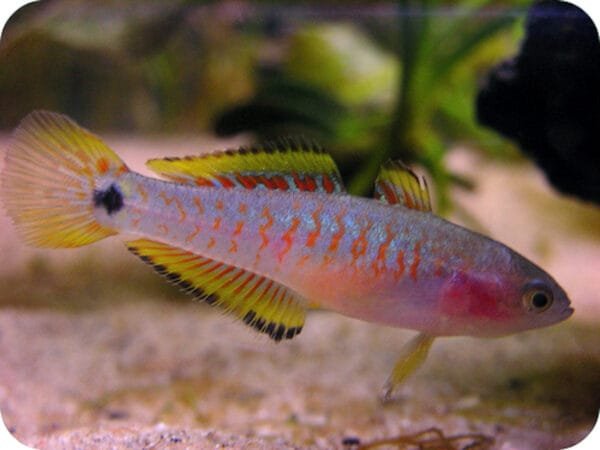Introduction
Maintaining a thriving marine aquarium is a mesmerizing journey that comes with responsibilities. Among these, one of the most vital aspects is monitoring and managing the water parameters within your tank. Ensuring optimal conditions is key to the well-being of your marine life, from corals to fish. In this blog post, we will delve into the critical parameters you should test for in marine aquariums, how often to conduct these tests, and what steps to take if the parameters veer off course. We’ll also pinpoint when it’s crucial to test for magnesium, phosphates, and calcium to maintain a healthy and vibrant marine environment.
What to Test for in Marine Aquariums
- pH Levels: The pH level is the foundation of your marine ecosystem. It should ideally be maintained between 8.1-8.4 to ensure the health and comfort of your marine life.
- Salinity (Specific Gravity): Achieving the correct salinity level is essential for the survival of your marine inhabitants. Maintain it around 1.025 for a stable and marine-friendly environment.
- Ammonia (NH3/NH4+): Ammonia is highly toxic to fish and invertebrates. Detect and eliminate any ammonia spikes promptly to prevent harm to your marine life.
- Nitrite (NO2-): Nitrite is another toxic compound that should be kept at undetectable levels to safeguard the health of your aquatic inhabitants.
- Nitrate (NO3-): Nitrate levels should ideally be maintained below 10-20 ppm to prevent excessive algae growth and coral stress.
- Calcium (Ca): Calcium is vital for the growth and skeletal development of corals. Maintain calcium levels around 400-450 ppm for optimal coral health.
- Alkalinity (KH): Alkalinity plays a crucial role in buffering pH stability. Aim for an alkalinity level between 7-12 dKH to ensure a stable marine environment.
Additional Parameters to Test
- Magnesium (Mg): Magnesium is essential for the health of your corals, aiding in calcium uptake and alkalinity maintenance. Test magnesium levels every 2-4 weeks to keep them in the range of 1250-1350 ppm.
- Phosphates (PO4): High phosphate levels can lead to problematic algae blooms, potentially smothering corals and disrupting the ecosystem. Test phosphates regularly and aim to keep them as close to zero as possible, ideally below 0.03 ppm.
How Often to Test
The frequency of testing should align with your aquarium’s maturity, its inhabitants, and any past water quality challenges. Here’s a recommended testing schedule:
- For newly set up marine aquariums: Test water parameters weekly for the first month to establish stability.
- Established marine aquariums: Regularly test pH, salinity, ammonia, nitrite, nitrate, calcium, and alkalinity levels every 1-2 weeks.
- Specialized marine aquariums: Reef systems or those with sensitive coral species may require even more frequent testing, potentially on a weekly basis.
What to Do If Parameters Are Not Correct
- Immediate Action: Address any parameter that falls outside the ideal range as swiftly as possible. This may involve water changes, adjusting chemical additives, or altering feeding habits.
- Gradual Adjustments: Make gradual changes to parameters to prevent stress to your marine life. Rapid adjustments can have adverse effects.
- Identify the Cause: Investigate the source of parameter fluctuations. Potential culprits include overfeeding, inadequate filtration, or equipment malfunctions.
- Seek Expert Guidance: If you’re uncertain about how to rectify the problem, consult experienced aquarists or professionals for guidance and assistance.
Conclusion
Monitoring and managing water parameters in your marine aquarium is a non-negotiable aspect of successful aquarium keeping. By staying vigilant and conducting regular tests, you’ll be better equipped to provide a safe, stable, and nurturing environment for your marine inhabitants. Remember that consistency and timely adjustments are paramount in ensuring the longevity and vitality of your marine ecosystem. So, whether you’re nurturing a stunning reef or an enchanting marine habitat, understanding what to test for and when is the key to a thriving aquatic paradise.







